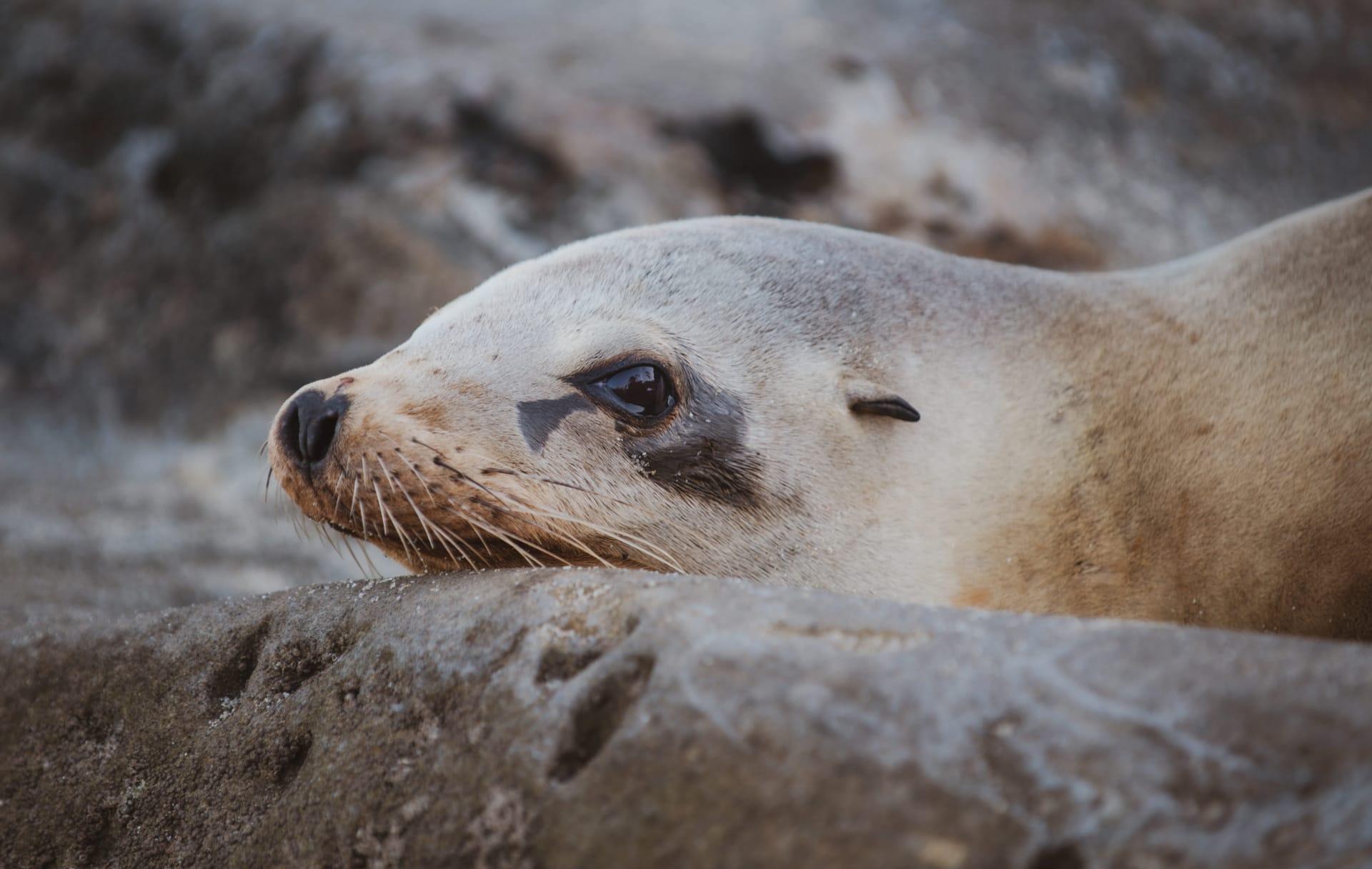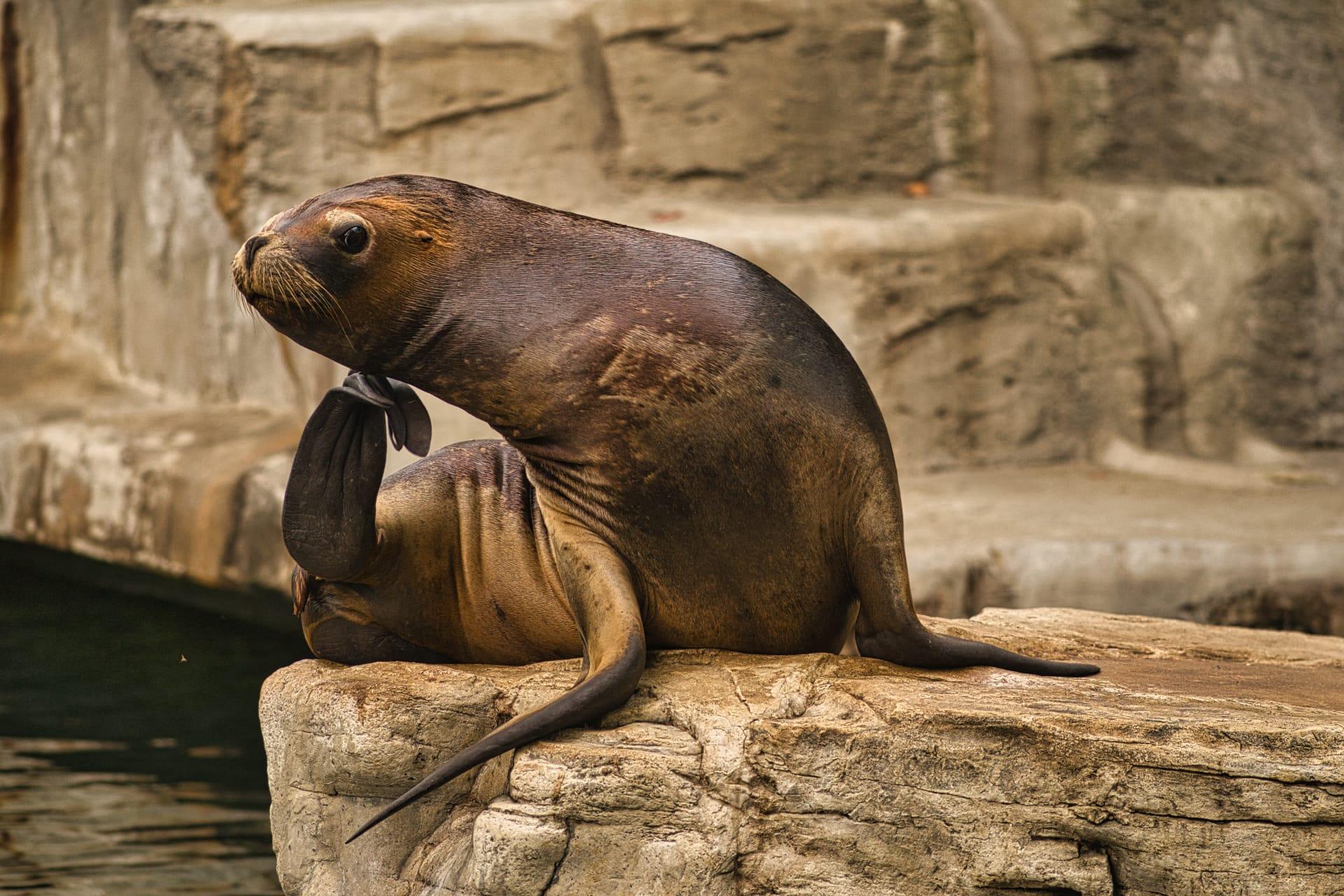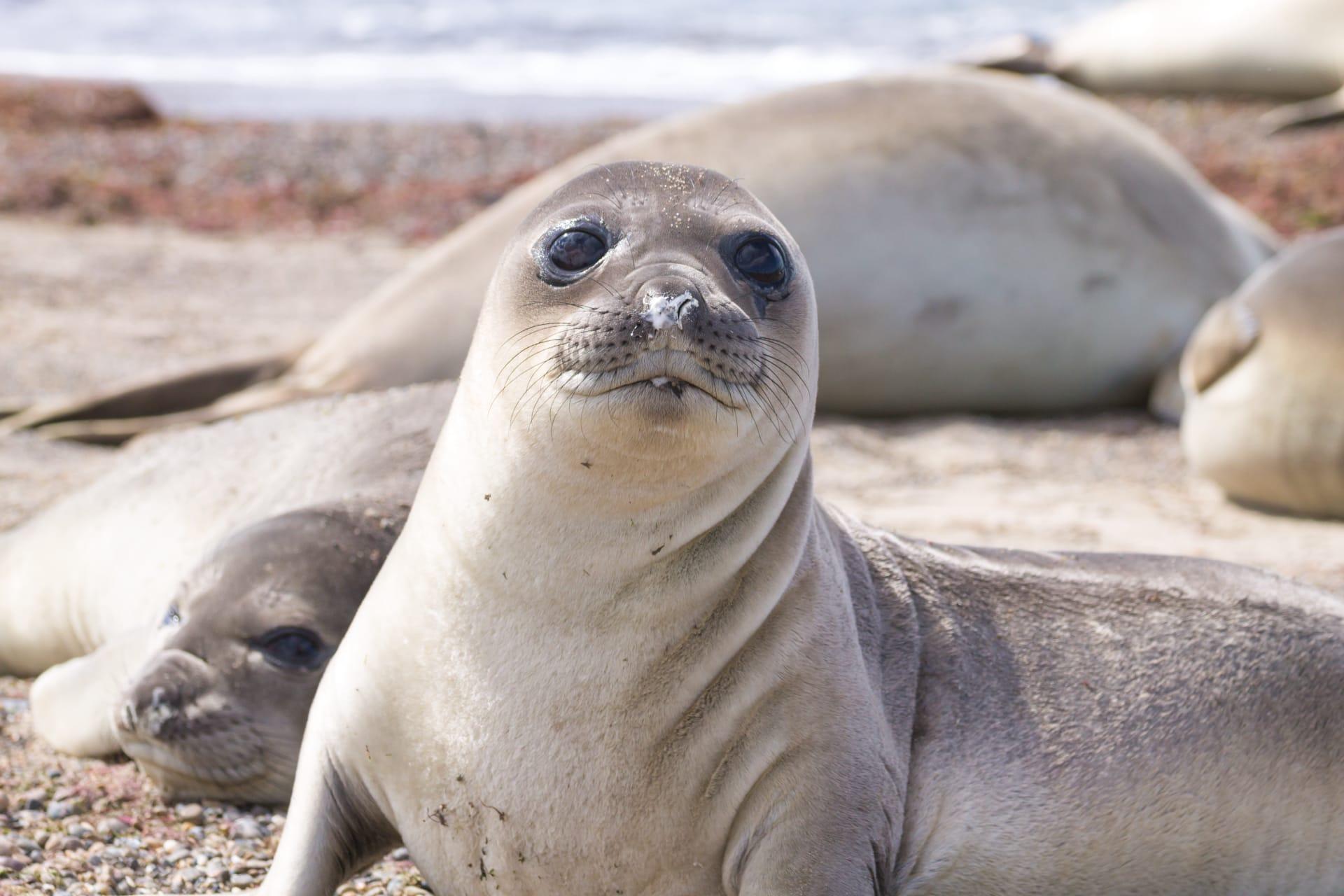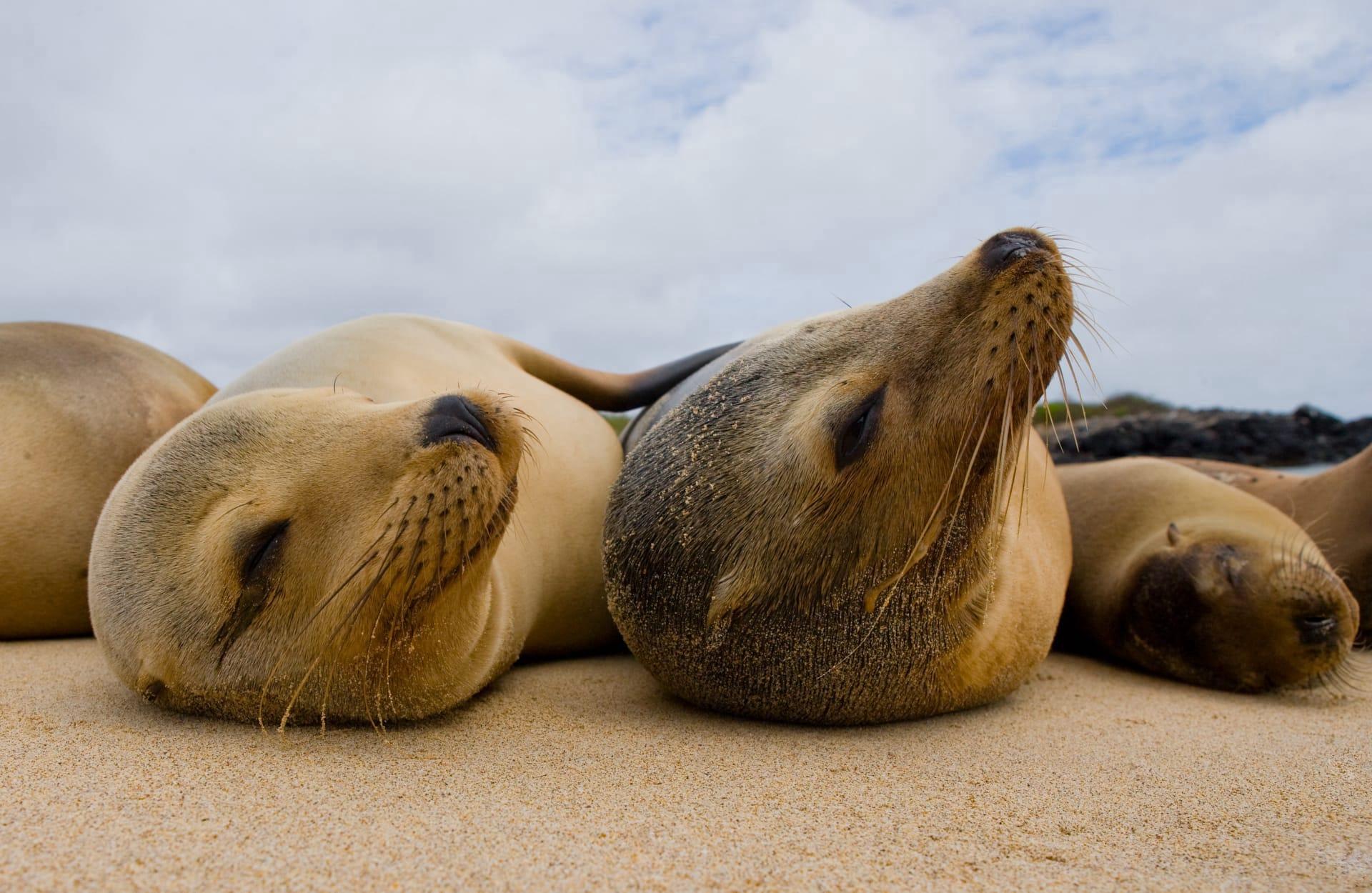Sea Lion
- Home /
- Mini Encyclopedia /
- Animal /
- Sea Lion
1
Sea lions, belonging to the family Otariidae, are marine mammals distinguishable by their external ear flaps, long foreflippers, and ability to walk on all fours. There are seven species: the Steller sea lion, California sea lion, South American sea lion, Australian sea lion, New Zealand sea lion, Galapagos sea lion, and the Japanese sea lion, which is now considered extinct. Each species exhibits unique physical characteristics, though generally, they are known for their streamlined bodies and thick fur.
Sea lions are found in a variety of habitats across the globe, each species adapting to its specific environment. The Steller sea lion inhabits the North Pacific, with a range extending from Japan to California. The California sea lion is commonly spotted along the coasts of western North America, from British Columbia to Mexico. South American sea lions dwell along the western coastline of South America, from Peru to Uruguay. The Australian sea lion is native to the southern and western coasts of Australia, while the New Zealand sea lion is primarily found on New Zealand's subantarctic islands. The Galapagos sea lion, as its name suggests, resides exclusively in the Galapagos Islands.

2
Question: Are sea lions the same as seals?
Answer: This is a common misconception. While both sea lions and seals belong to the pinniped family, they are distinct species with notable differences. Sea lions have external ear flaps and large, powerful foreflippers that they use for swimming. They are also known for their ability to "walk" on land using their flippers. Seals, on the other hand, lack external ears and have smaller flippers, making their movement on land more of a wriggling motion. Additionally, sea lions are generally more vocal and social than seals, often seen in large groups on beaches and rocks.

3
Sea lions have developed several strategies to survive in their marine environments. They are adept swimmers, using their long foreflippers to propel themselves through water at speeds up to 25 miles per hour. Their streamlined bodies reduce drag, enabling efficient movement. Sea lions also have a layer of blubber that provides insulation in cold waters. Their diet primarily consists of fish, squid, and occasionally octopus, and they have adapted to be skilled hunters, using their keen eyesight and sensitive whiskers to detect prey.
In terms of social behavior, sea lions are highly gregarious, often seen lounging together on shores or floating in groups in the water. This social structure plays a crucial role in their survival, as it aids in thermoregulation and provides protection against predators. Their loud barks and roars, especially during the breeding season, are a part of their social interactions and territory establishment.

4
In the ecosystem, sea lions play a vital role as both predator and prey. As top predators, they help maintain the balance of marine life by controlling fish and squid populations. This predatory role has a cascading effect on the ecosystem, influencing the population dynamics of their prey and indirectly affecting other marine species.
Sea lions also serve as a crucial food source for larger predators like sharks and killer whales. Their presence in various marine habitats contributes to the biodiversity of these ecosystems. Additionally, sea lions are indicators of ocean health. Changes in their population numbers can signal shifts in marine environments, such as changes in fish populations or water quality, making them important species for ecological monitoring.

5
Film: "The Serengeti of the Sea" (United States, 2018) provides an immersive look into the life of the California sea lion. This documentary showcases their dynamic social structure, hunting tactics, and the challenges they face in their natural habitat, including threats from predators and human-induced environmental changes.
Book: "Sea Lions of the World" (United States, 2020) by Dr. Martha Hall is a comprehensive guide to sea lion species across the globe. It delves into their biology, behavior, and conservation, offering a deep insight into their lives both in and out of the water.
Book: "Ocean Sentinels: The Sea Lions" (Australia, 2021) by Liam McKenzie explores the role of sea lions in marine ecosystems. Focusing on the Australian sea lion, the book discusses their ecological significance, the threats they face from climate change and human activities, and efforts to conserve these charismatic creatures.